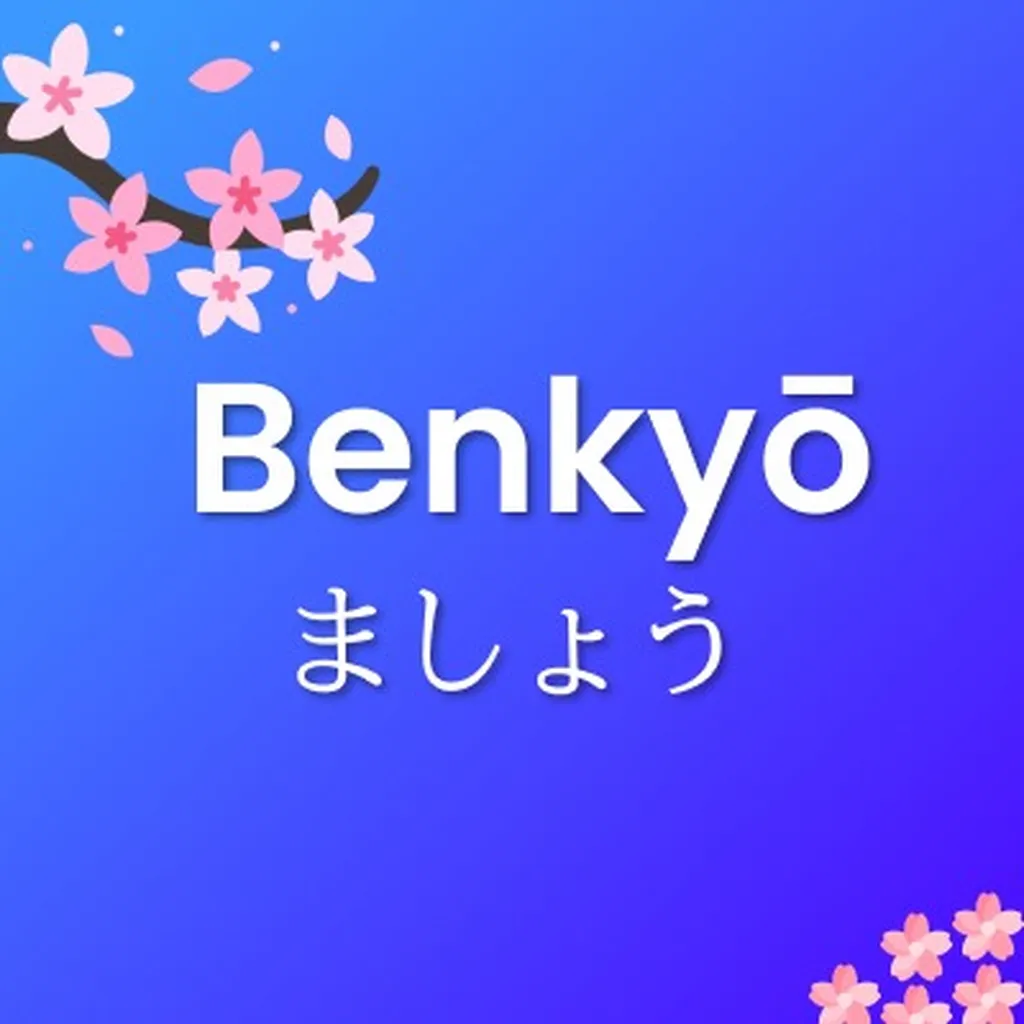Expressing Your Own Emotions with Emotional Adjectives
In Japanese, a special category of adjectives is used to express emotions.
These emotional adjectives (感情形容詞 -> Kanjō keiyōshi) directly describe your own feelings and internal states.
Common Emotional Adjectives
| Japanese | Romaji | English |
|---|---|---|
| 嬉しい | ureshii | happy |
| 悲しい | kanashii | sad |
| 楽しい | tanoshii | enjoyable |
| 恥ずかしい | hazukashii | embarrassed |
| 寂しい | sabishii | lonely |
| 怖い | kowai | scared |
| 悔しい | kuyashii | regretful |
| 辛い | tsurai | painful/tough |
| 苦しい | kurushii | suffering |
| 退屈な | taikutsu na | bored |
Using Emotional Adjectives (First-Person)
When talking about your own feelings, simply use the adjective directly:
今日は本当に嬉しいです。
Kyō wa hontō ni ureshii desu.
I'm really happy today.
Note: Direct expression of happiness (own feeling)
テストに落ちて、悔しいです。
Tesuto ni ochite, kuyashii desu.
I failed the test and feel regretful.
Note: Expressing regret about a specific event
一人で住んでいて、時々寂しいです。
Hitori de sunde ite, tokidoki sabishii desu.
Living alone, I sometimes feel lonely.
Note: Expressing occasional loneliness with context
Cultural Context for Expressing Emotions
In Japanese culture, directly expressing emotions is less common than in many Western cultures. However, when you do express emotions:
- Using emotional adjectives to describe your own feelings is straightforward
- Adding explanations (reasons) for your emotions is often appreciated
- The level of emotional expression may vary based on the social context
Cultural Note:
Japanese communication often emphasizes harmony (和 - wa) and reading the atmosphere (空気を読む - kūki o yomu). This means emotions are sometimes expressed indirectly or with restraint, especially in formal or public settings. Among close friends and family, more direct emotional expression is common.
